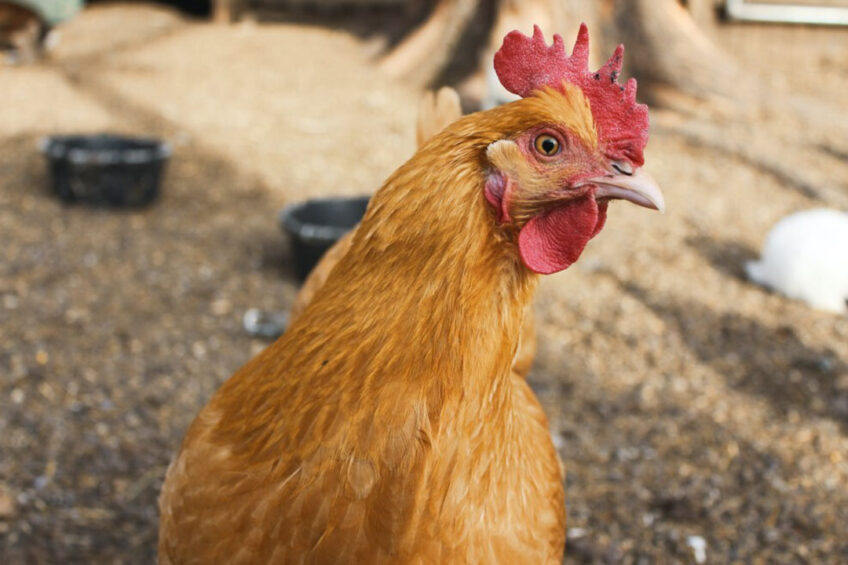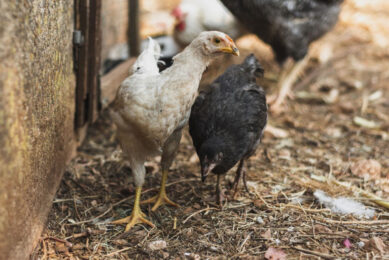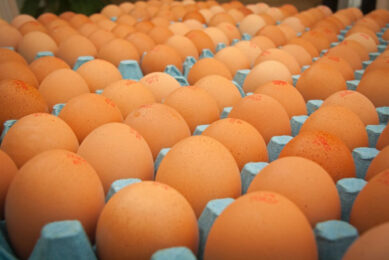Angola relies on poultry imports as demand increases

Imported chicken meat is one of the most affordable and widely consumed animal proteins in Angola. Most poultry imports are in the form of frozen chicken leg quarters. Costs can vary, but fresh chicken meat is generally 2-3 times more expensive compared to imported frozen whole chicken.
Existing production infrastructure in Angola is geared toward egg production, as it is reportedly a more competitive product than chicken meat. The National Association of Poultry Producers of Angola estimates egg production of 65-70 million eggs per month.
After about 80 weeks, laying hens are slaughtered. This accounts for most of Angola’s chicken meat production, although the government does not report official statistics on this practice.
Poultry meat production in Angola
Poultry production in Angola consists mainly of backyard flocks of chickens and a few commercial farms. The country’s Ministry of Agriculture and Fisheries reported in 2021 that 3,702 family farmers declared they owned 39,018 birds, resulting in an average of 11 birds per household. Meanwhile, the 203 commercial farms bred 74,075 birds (an average of 365 birds per breeder).
Driven by the appreciation of the Angolan currency, the kwanza, since the beginning of 2022 due to rising oil prices, poultry production in Angola is forecast to increase to 42,000 mt in 2023, up 17% from 2022. Poultry meat production in 2021 was 36,348 mt, a 21.7% increase from 2020. Most production inputs are imported, and so the strengthening of the kwanza against the US dollar has supported expanded purchases by poultry producers and commercial banks have expanded lines of credit for the sector.
Angola relies on non-GM imports of poultry feed
Angola relies on imports of poultry feed – local cereal production was just 3.1 mmt in 2021. The country’s grain and oilseed production has also faced abnormally dry weather, as well as the prevalence of locusts, which devastated the southern region of Angola and contributed to a 40% decrease in the production of some crops in 2021. As Angola forbids the entry of GE products due to the lack of a national biosafety law, non-GE feed imports greatly increase the cost of poultry production.
Poultry meat consumption
Angola’s total domestic poultry consumption is expected to reach 312,000 mt in 2023, up from 306,000 mt expected in 2022. According to industry data, poultry consumption between January and June 2022 showed a slight decrease of 2.4% year-over-year, but accelerated consumption is expected in the second half of the year.
Competitiveness of imported chicken meat
Imported chicken meat is the most affordable animal protein available in Angola. Imports in 2023 are forecast to remain stagnant at the 2022 estimated volume of 270,000 mt. In 2021, Angola imported 264,000 mt of poultry meat with the US as the largest supplier (Angola was the world’s seventh-largest importer of US chicken meat by value in 2021).
Many of Angola’s large-scale commercial importers have fully automated cold storage facilities, the largest of which has capacity of over 15,000 mt and can hold up to 600 containers. These types of importers are vertically integrated across the entire value chain, having created wholesalers, retailers, and distribution channels with trucks and refrigerated vans.
Importers who distribute to smaller street vendors report that those customers prefer smaller chicken leg quarters, as they are less expensive and are resold to customers by the piece rather than by weight.
The information in this article has been extracted from a USDA GAINS report.
 Beheer
Beheer











 WP Admin
WP Admin  Bewerk bericht
Bewerk bericht